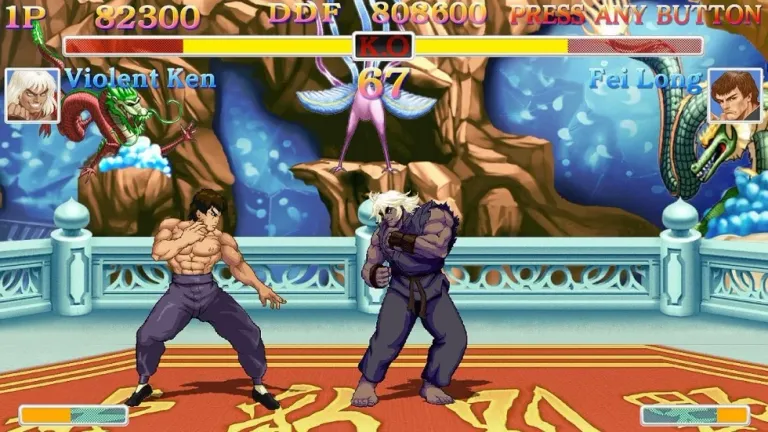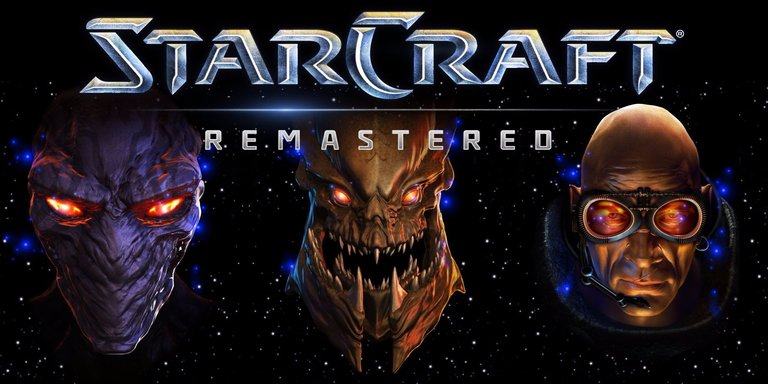1980-1990: The birth of eSports
Competitive gaming dates back to the very first computer games. Indeed, arcade games created fierce competition even in their infancy. With there being no prize pools except bragging rights, playing numbers were low but competition was high. It wasn’t long before tournaments were organised.
The first event that resembled any kind of competitive eSports competition was organised by Atari for the immensely popular arcade game Space Invaders. Over ten thousand people attended and competed in this event. Although this is often listed as the very first eSports event, Stanford University actually organised one in 1972 for a game called Spacewar.

In 1981, a gaming world record organisation was formed by the name of Twin Galaxies, which kept track of the top player’s scores in titles such as Donkey Kong and Space Invaders. It was not until the 1990s, however, that things really took off, with tournaments for arcade and console games being held.
World Championships sponsored by companies such as Blockbuster and Nintendo were ran, highlighting the rapid growth of eSports in such a short period of time. Back then, as eSports was so new, separate tournaments were held for children and teenagers to ensure a level playing field for all involved. There is no such segregation apparent today.

1990-2000: Game development
The 1990s saw eSports grow exponentially, with the seeds for today’s most popular games firmly planted. Vast numbers of competitive console games emerged: Street Fighter 2 is adored to this day and Doom was a massive hit. The first person shooter (FPS) was the very first eSports title to have LANs (local area network) held for it, ensuring multiplayer games. In terms of competitions in this decade, the first major Street Fighter tournament took place in 1996 in California. It was given the rather amusing title ‘Battle by the Bay’. Over forty people were in attendance for this edition of the annual competition, which would later be known as EVO (Evolution Championship Series) and is still running to this day.

At this time, Quake and StarCraft were also released; two of the greatest computer games of our time and most important games in the development of eSports. StarCraft was a real-time strategy (RTS) game and Quake continued the legacy Doom had created, bringing additional attention to the FPS genre.
The reason for StarCraft’s popularity was the difference in style and skill needed to succeed at it. Where FPS games required concise control of aim and quick reflexes, StarCraft was more like chess, requiring strategy and logical thinking. With different minions and troops unique to different races, the potential for strategies was endless, creating a real gulf in competition.

In 1997, a Quake tournament named Red Annihilation drew over 2,000 participants and was widely considered to be the first real eSports event, with so many people taking part. The event was won by Dennis ‘Thresh’ Fong, who was awarded the lead developer John Carmack’s Ferrari as his prize.
Quake 3 was released in 1999 and was one of the first games designed specifically for eSports. Shortly before this, however, the Cyberathlete Professional League – considered the pioneer in professional gaming – was founded. It paid out over $3,000,000 in prize money but unfortunately ceased operations in 2008, failing to compete with so many other leagues that had superseded it.

Hi! I am a robot. I just upvoted you! I found similar content that readers might be interested in:
https://www.pinnacle.com/en/esports/betting-articles/educational/brief-history-of-esports/mc62rvfxmwubsvch
@glennmark, I gave you a vote!
If you follow me, I will also follow you in return!